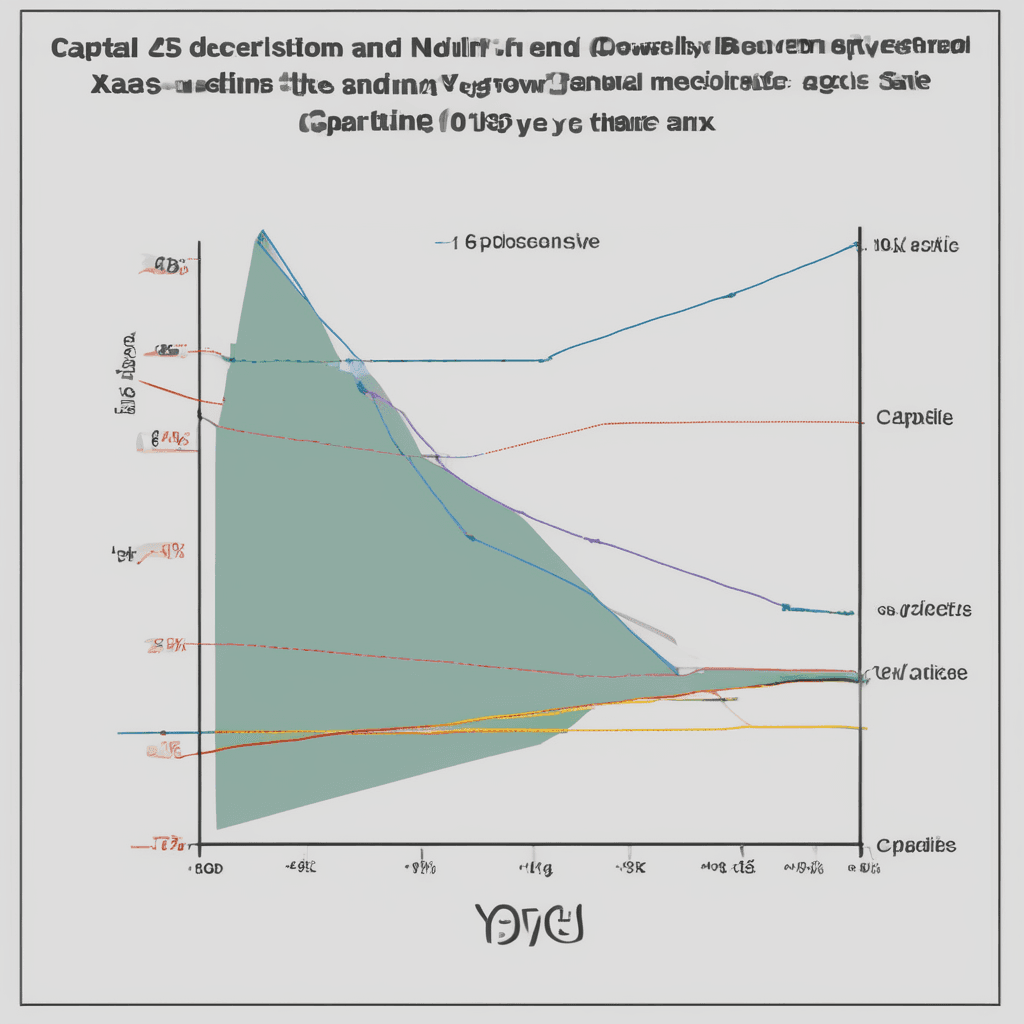The Supply Trap: How Vacant Land Risks Your Property's Capital Growth
Discover the data-proven link between new land supply and stagnant property values, and learn how to identify high-growth areas instead.

Introduction
Navigating the Australian property market in mid-2025 can feel overwhelming. Investors are constantly bombarded with advice, often conflicting, about where to find the next growth hotspot. One of the most alluring—and riskiest—options is the shiny new house and land package in a burgeoning estate. But what is the true cost of this convenience? Many investors are misled by poor research and incentives, walking straight into a supply trap that can cripple their portfolio's growth for over a decade. This article cuts through the noise, using extensive data to reveal the truth about vacant land and why avoiding oversupply is one of the most critical decisions you can make.
Beware of Misleading 'Expert' Advice
It's common to hear claims that the negative impact of vacant land on capital growth is a 'myth'. Recently, a self-proclaimed 'leading market forecaster' attempted to debunk this principle using what can only be described as amateur-level research. This kind of misinformation is dangerous for investors.
A Case Study in Flawed Analysis
The 'expert's' argument was built on a handful of cherry-picked, subjective examples:
Sydney: They compared Campbelltown (119% growth) with Newtown (95% growth) over a specific 10-year period, ignoring that the broader Sydney market grew 136% and that different market cycles favour different areas.
Bendigo: They compared an outer suburb (Epsom) with an inner one (Kennington), both of which showed similar growth to the city as a whole. Curiously, Kennington also bordered vacant land, making it a poor choice for comparison.
This 'analysis' was based on only five suburbs, which the analyst staggeringly called "lots of data." In reality, reliable conclusions require analyzing thousands of suburbs over multiple timeframes, not a 10-minute check on a phone app. This superficial approach creates new myths instead of busting old ones and can lead to devastating financial consequences, like the million-dollar opportunity cost one can incur from buying in an area with no growth for 15 years.

The Real Data: How New Supply Impacts Capital Growth
To understand the true risk, we must move beyond anecdotes and look at comprehensive data. Proper research involves analyzing the relationship between the increase in dwelling supply and capital growth. Unlike the flawed analysis above, our approach uses over a million data points across Australia, covering every 10-year period from 1990 to 2023.
Dwelling Growth vs. Capital Growth
The fundamental principle is simple: Supply is the enemy of capital growth. When a market is flooded with new properties, price pressure is suppressed. Our analysis groups suburbs into ten categories (deciles) based on how much their dwelling count grew over a decade.
Decile 1 (Lowest Supply): Established, built-up suburbs with very little new construction. These areas showed an average annual growth of 5.5%.
Decile 10 (Highest Supply): Greenfield estates like South Ripley (QLD) and Box Hill (NSW) with massive land releases. These areas saw growth closer to 3%, nearly half that of low-supply areas.
Over 10 years on a $500,000 property, that difference amounts to a potential opportunity cost of over $250,000. The data clearly shows a powerful inverse relationship: the more supply, the lower the growth. This trend holds true over 10 and 15-year periods, only beginning to flatten out after 20 years, once an area is finally established.

How Far Away Is Safe?
The negative impact of oversupply isn't confined to the new estate itself. It bleeds into neighbouring suburbs. So, how far away do you need to be to mitigate this risk?
Our analysis shows that suburbs within 1km of a Greenfield estate suffer from significantly supressed growth. The further away a suburb is, the better its performance. The negative effect starts to diminish significantly after about 8-10 kilometres. This creates a clear 'safe zone' for investors looking to avoid the ripple effect of a supply glut.
Corroborating Evidence from Industry Experts
Our findings are not isolated. Other data experts in the property industry have reached the same conclusion using different methodologies.
Luke Metcalfe (Microburbs): By analyzing 58 million property listings, Luke found that suburbs with a high proportion of land sales consistently underperformed the national average. His analysis confirmed that a 7km radius around a high-supply area is an even stronger predictor of poor performance, reinforcing the concept of a 'ripple effect'.
Kent Lardner (Suburb Trends): Kent highlights the danger of comparing growth by percentages, as new estates with a low starting base can show misleadingly high figures. He advises asking buyers' agents critical questions, such as whether they are recommending an area simply because it's easier to secure a property and what rebates they might be receiving from developers.
This consensus from multiple data sources paints a clear picture: a large pipeline of new land is a major red flag for investors. Success relies on tools that provide deep [real estate analytics](https://houseseeker.com.au/features/real-estate-analytics), not just surface-level stats.
Conclusion
The allure of a new home is strong, but for a property investor, the data is undeniable. Greenfield estates and areas with a large supply of vacant land pose a significant, long-term risk to capital growth. Relying on shallow, misleading analysis can be a costly mistake. The smartest investors protect their capital by focusing on established areas with proven scarcity and using robust data to guide their decisions.
Ready to move beyond guesswork and make truly data-driven investment decisions? Explore HouseSeeker's [Real Estate Analytics Hub](https://houseseeker.com.au/features/real-estate-analytics) to uncover high-growth suburbs and avoid the supply trap.
Frequently Asked Questions
How far from a new land estate is considered a safe distance for investing?
Based on comprehensive data analysis, the negative impact on capital growth significantly diminishes once you are about 8 to 10 kilometres away from a major Greenfield estate. Investing within this radius carries a higher risk of suppressed growth due to the supply glut.
Are all new properties bad investments?
Not necessarily. The primary risk comes from large-scale land releases in Greenfield estates that create a massive oversupply. A small-scale infill development in an established, high-demand suburb is a completely different scenario. The key is to use [real estate analytics](https://houseseeker.com.au/features/real-estate-analytics) to assess the total supply pipeline for the area, not just a single project.
Why is percentage growth sometimes a misleading metric?
As expert Kent Lardner points out, new estates often start from a very low price base. A new house and land package selling for $400,000 in an area where old properties were $60,000 can create a huge percentage growth figure on paper. However, this doesn't reflect the true capital growth for an investor who bought in at the higher price. It's crucial to look at dollar-value growth and the performance of comparable established properties.
